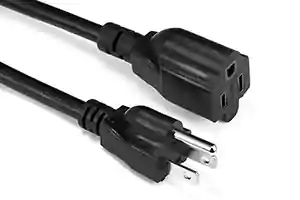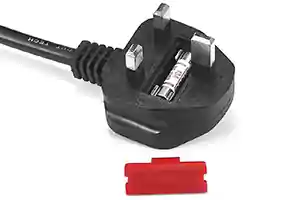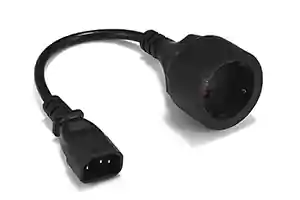Single-phase installation, three-phase installation. What is it exactly? This question can arise when choosing your connection power for your home. What are the differences between three-phase current and single-phase current? How do you know which one is best suited to your consumption?
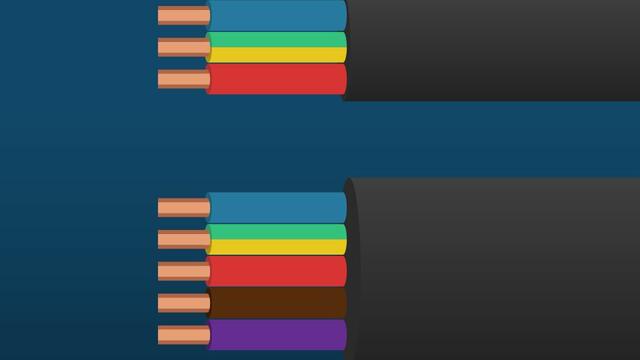
Table of Contents
- 1 What is a single phase current?
- 2 What is a three-phase current?
- 3 When to choose a three-phase rather than a single-phase connection?
- 4 Three-phase current prerequisites
- 5 How do I know the connection to my home?
- 6 I need to increase the power of my electric meter.
- 7 How to connect three phase electricity
What is a single phase current?
The single-phase installation is the most used in domestic housing, and it adapts to all classic needs, with a voltage of 230 volts (sockets, heating, lighting, etc.). The single-phase consists of three electric wires:
· A phase conductor (red wire or other colors except blue, yellow, green, or green/yellow)
· A neutral wire (blue wire)
· An earth pin (green, yellow wire, or green/yellow)
In the case of a single-phase installation, all the electrical devices connected simultaneously in the house must not exceed an electrical meter power of 12 kVA.
What is a three-phase current?
The three phase installation consists of a neutral wire and a ground pin. These phases are different and of the same power, dividing the total power between them.
Warning: the voltage between Phase and Neutral is 250 V and 400 V between phases.
When to choose a three-phase rather than a single-phase connection?
It is recommended to connect to the three phase only when:
- your meter and your electrical installation are more than 100m away
- some of your devices require three-phase sockets: heat pumps, machine tools, or other professional tools
- you need a cumulative power more significant than 12 kVA (up to 36 kVA); for example, if you have several buildings or electric heaters over a large area
Tip: Seek advice from an electrician and your electricity supplier.
Three-phase current prerequisites
Three-phase current requires a methodical and equal distribution of electrical consumption between each phase, and an imbalance can cause the electrical installation to trip unexpectedly. Most homes use single-phase electricity.
Three phase electricity is mainly used in industrial or agricultural operations requiring powerful devices. To install a three-phase power supply in your home, it is, therefore, necessary to change its electrical installation at your expense.
How do I know the connection to my home?
Most homes are equipped with single-phase power, and Three-phase current is used in industrial, agricultural, or bakery buildings.
To find out the type of connection in your house, check with your electrician. He will guide you towards the type of installation that will be most appropriate in your case.
I need to increase the power of my electric meter.
A single-phase connection makes it possible to obtain a higher electric meter power: generally 6 kVA, up to 12 kVA (or 15 kVA in some instances).
If you need to exceed this power (use machines that require high power, for example), you will have to set up a three phase connection (up to 36 kVA).
Note: increasing the power of your electric meter generates a cost, namely:
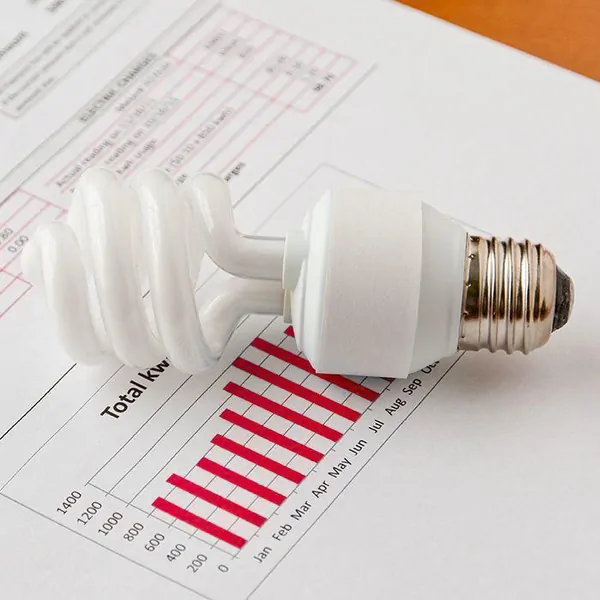
the cost of modifying the power of the meter
a more expensive subscription from your electricity supplier for a higher contract power
Ask your electricity supplier for advice.
I seek advice from a recommended electrician.
For any electrical installation of this importance, it is recommended to call in a professional electrician so that electrical safety standards are respected.
How to connect three phase electricity
Three phase wiring is generally divided into two types of star and triangle.
1, star wiring method
Will be connected to one end of each phase power or load in one of the points, the other end as a lead wire, divided into three phases of three phase power three phase line. For the star connection, the midpoint can be led as the neutral line, three phase four-wire system. Of course, you can also choose not to lead out, the same three phase three-wire system can be formed. However, whether there is a neutral line, can be added to the ground, divided into three phase five-wire system or three-phase four-wire system.
Star connection of three phase power line current is equal to the phase current. When the load as balanced, there is no current through. If there is an unbalanced three phase load, it needs to be connected to the neutral line, otherwise the load voltage division cannot be equal.
2、Triangle connection
Triangle connection is the power supply of each phase in accordance with the order of the first and last connected, and each connected point lead, and come for the three phases of three phase power three phase line. Triangle connection and star connection is different, it does not have a neutral point, but also do not need to lead the neutral line, add the ground, you can become a three phase four-wire system.
DCpowercord is a professional power cord manufacturers. Our engineers will answer if you have any questions about the power cords. Please contact us directly!
